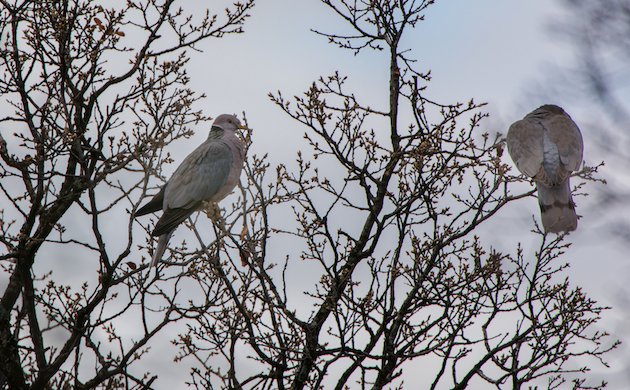
Until recently I had never seen Band-tailed Pigeons (Patagioenas fasciata) anywhere near my home. I live at 1600 foot (488 meter) elevation in Oak Savannah/ Gray Pine habitat in Northern California. According to the range maps this bird is a breeding resident of the West in montane conifer or mixed-species forest dominated by pines and oaks at 1,600–2,700 meter elevation1.
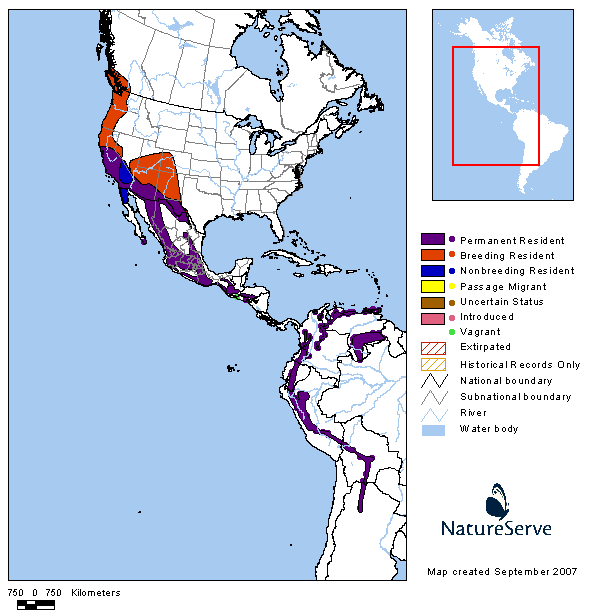
Of course I posted my observation on eBird last week of several flocks, each numbering 40 to 50 birds each as an estimated 150 birds. When I got to the page to submit my checklist, I got the message that this was an “unusual number of this species at this time of year in this area.” Well, I kinda figured that since I had not seen them in the area in the past 35 years! Click on photos for full sized images.
The first time I watched them fly over my property I thought, “I hope those aren’t Eurasian Collared-Doves!” They looked darker than collared-doves to me and their flight pattern was different. I was on my way to work that morning and as I approached the main gravel road leading out of my neighborhood, I noticed that a large flock of birds were perched in a Gray Pine adjacent to the road. Of course, as usual, I had my camera on the front seat of my car 😉
Band-tailed Pigeons don’t usually migrate through this area until May or June but have been reported as early as late February in Humboldt County on the California Coast1.
We usually spot them at Lassen Volcanic National Park in the summer but it was a special treat to have them fly over my house and now be able to count them as a yard bird!
I found this video with great close-ups of this beautiful bird.
References: 1Birds of North America Online


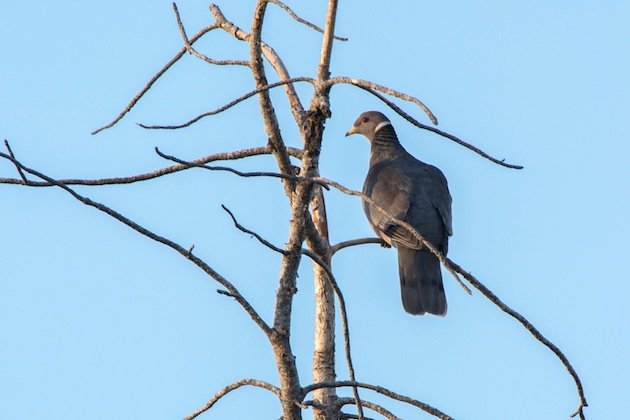
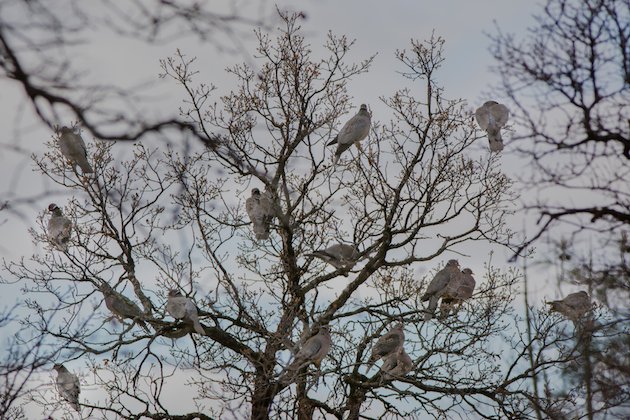
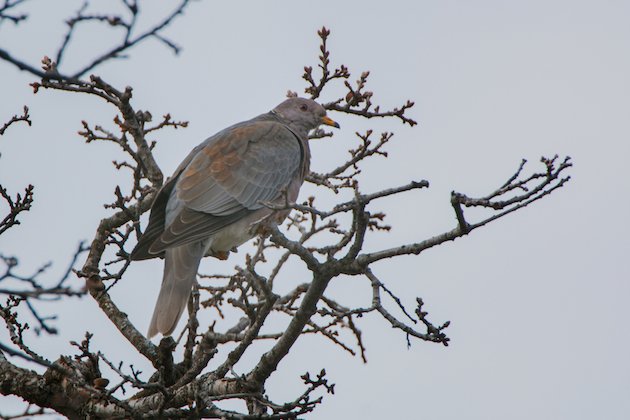
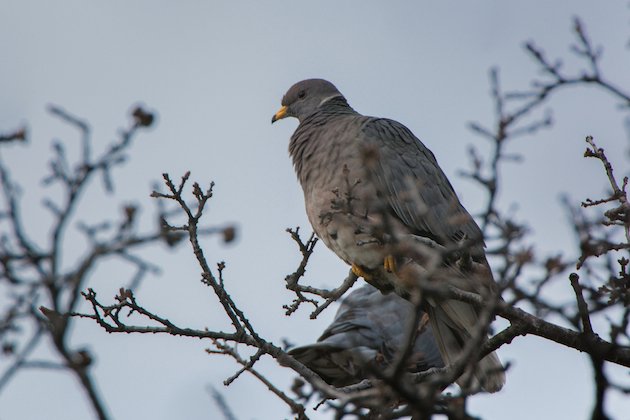



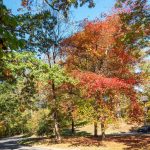
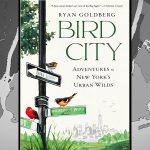
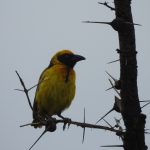

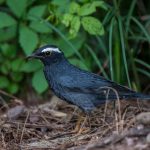
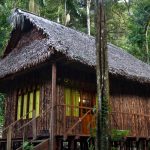
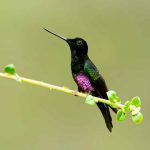
I have just seen Band-tailed Pigeons
On my property in Richmond, CA. It was, as for you, the last days of April and also never before in these almost 40 years! Amazing, and, yes, beautiful.